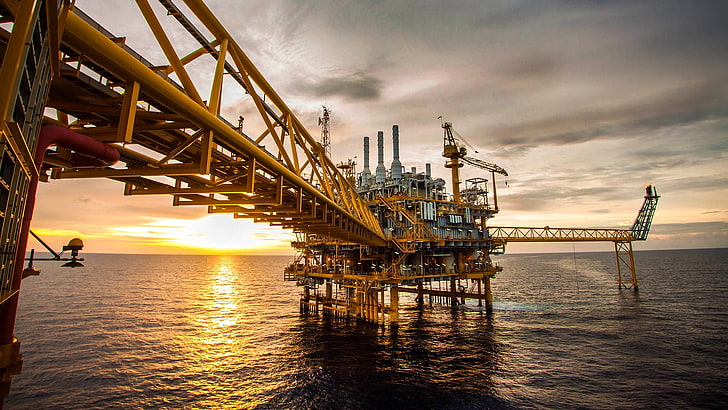From the Field to the Facility – Engineering Oil and Gas Projects with Precision
Precision in oil and gas project design is key to safety, efficiency, and success.

Published On : 20 Jun 2025
Core Areas of Oil & Gas Project Design
-
Piping Systems: From high-temperature pipelines to cryogenic lines, every route must be optimized for space, safety, and serviceability.
-
Mechanical Equipment: Compressors, pumps, and pressure vessels must be integrated with structural supports and aligned for maintenance access.
-
Electrical and Instrumentation: Control rooms, cabling trays, junction boxes, and field instruments need exact placement for efficient monitoring and automation.
Challenges Engineers Face
-
Working in confined layouts with overlapping systems
-
Coordinating across teams in real-time
-
Ensuring compliance with global codes like ASME, API, and IEC
Ace Industry’s Role
Piping Systems: From high-temperature pipelines to cryogenic lines, every route must be optimized for space, safety, and serviceability.
Mechanical Equipment: Compressors, pumps, and pressure vessels must be integrated with structural supports and aligned for maintenance access.
Electrical and Instrumentation: Control rooms, cabling trays, junction boxes, and field instruments need exact placement for efficient monitoring and automation.
Working in confined layouts with overlapping systems
Coordinating across teams in real-time
Ensuring compliance with global codes like ASME, API, and IEC
With experience in industrial training and engineering solutions, Ace Industry helps professionals understand real project environments and develop the skills to deliver flawless design and documentation.
Conclusion
Oil and gas engineering demands more than technical knowledge—it demands clarity, control, and coordination. And that’s exactly what today’s engineers must be prepared for.

